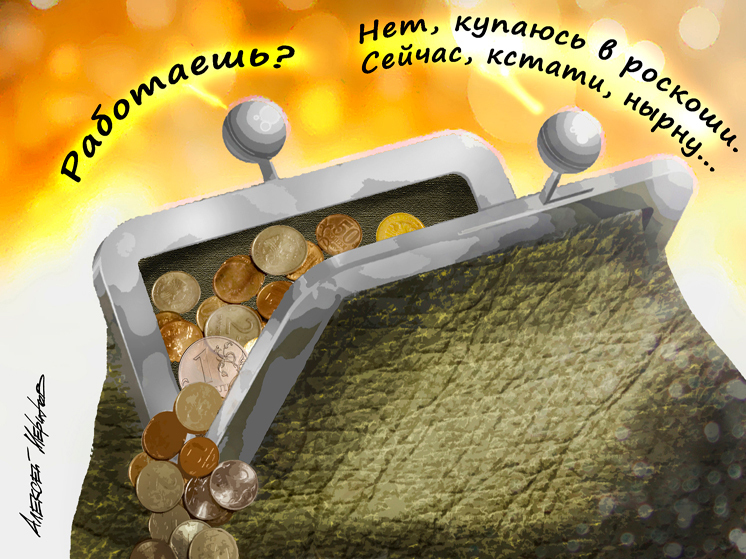To increase your pension, you must first quit your job and then get a job again
Pension payments to working and non-working pensioners have become almost equal. These are the statistics released by the Social Fund. For the first time in recent years, this gap has decreased to 5.6 thousand rubles. The blurring of lines in payments, experts note, occurred as a result of the improvement of the pension system.

Until this point, the difference in payments, on the contrary, gradually worsened: from 3 thousand in 2021 to 5.9 thousand in 2023. Which is not surprising: the pensions of non-workers were indexed annually to inflation, and those of workers — no, they only added up to three pension points every August. What happened over the past year?
Judging by the figures, old-age pensions for working citizens grew faster. By the beginning of this year, they increased by 13%, while among pensioners “at rest” — by 7.5%. Some experts call the strategy chosen by many pensioners one of the most important factors in this dynamics. A significant part of veterans are discharged, receive the indexation due to them, and then are reinstated again, but in the statistics they are already counted as working.
As they say, sleight of hand and no fraud. However, such a “feint” does not always end well. Often, an employer may not take back its older employee. Or give him a lower salary. In total, a person does not win anything, so to speak, he exchanges money for good.
So is there really a reduction in payments?
There are two concepts for pensions: indexation and recalculation. Indexation is not working; it is carried out annually at an amount not lower than inflation. Working people have been deprived of this financial joy since 2016. This category of pensioners is subject to a fixed recalculation. For a working elderly employee, the employer pays taxes, including to the Social Fund. This means that work experience and pension points accumulate. They are given to older workers for retirement, but with restrictions — no more than three pension coefficients per year. The cost of one pension point last year was 123 rubles, which means that the maximum pension for a working person could increase by 371 rubles.
Meanwhile, from January 1 of this year, the pension for non-working people increased by 7.5% and amounted to on average 23.4 thousand rubles per month. In 2023, this figure was 21.8 thousand rubles. That is, the pension increased by almost 1.6 thousand rubles. Whereas for workers, as a result of recalculation of pension points, on average, rubles by 250–300.
In general, the figures for reducing the gap in payments between those who do not work and those who work turn out to be disingenuous. It seems that the Social Fund will publish these data in order to put an end to numerous attempts by a number of deputies, trade unions and other interested individuals and organizations to return the indexation of pensions to workers. They say, why index if their pension payments are already close to the amounts of non-working people?
For comment we contact Associate Professor of the Russian Economic University named after. Plekhanov to Lyudmila Ivanova-Shvets.
“No, of course,” she answers. “Besides, there is one nuance in this technique.” The value of the pension point is taken not from the level of the current, say, year, but from the time when the person retired but continues to work. If he retired, for example, 8 years ago, and the pension coefficient then was, conditionally, 80 rubles, then he will receive a maximum of 240 rubles.
For those who retired earlier, additional payments will a priori be lower as the value of the pension point increases annually. .
— I haven’t seen the statistics, but I’m inclined to trust this figure. An important role here is played by that part of the elderly who quit their jobs, fully indexed their pension for the period when it was frozen, and then returned to work. They are considered to be working and their pension has increased significantly. This influenced the growth of the average payment.
We cannot discount the fact that modern pensioners are paid according to pension points, the value of which is growing. Their pension is higher than that of those who retired based on Soviet experience.
These are, perhaps, the two main factors due to which the difference in payments between the two categories of pensioners has decreased.
< p>
— This request to the authorities should remain, although so far I do not see any visible prerequisites for its solution. The situation is smoothed out by the fact that today pensioners are in demand in the labor market and literally every veteran can improve their own material well-being — if you want and your health allows.


